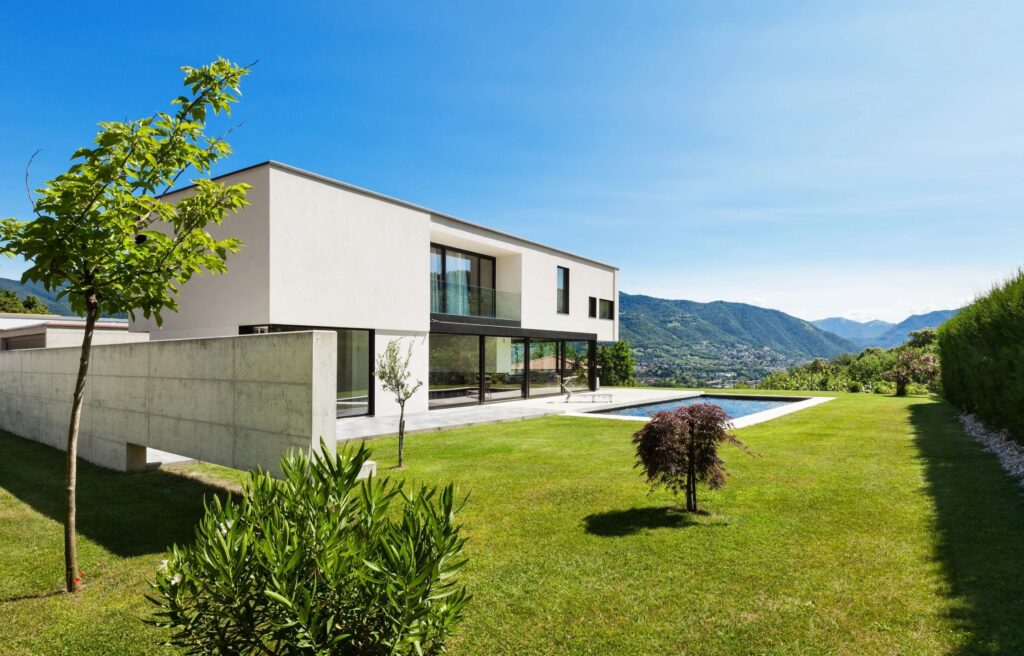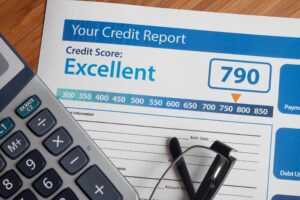Owning a home is a significant milestone, but the daunting prospect of a hefty down payment often stands in the way of many first-time buyers. The conventional wisdom suggests that you should save at least 20% of the home’s purchase price before even considering entering the real estate market. However, is this age-old advice still relevant in today’s dynamic real estate landscape? In this article, we’ll debunk the 20% myth and explore alternative down payment options for first-time buyers.
First and foremost, understanding the origins of the 20% down payment recommendation is crucial. Historically, this guideline was established to mitigate risk for lenders and provide a buffer against potential market fluctuations. However, the real estate landscape has evolved, and so have the options available to aspiring homeowners. While putting down 20% offers certain advantages, such as avoiding private mortgage insurance (PMI), it is no longer the only viable path to homeownership.
In recent years, the real estate market has seen a surge in programs designed to cater to first-time buyers with more flexible down payment requirements. Federal Housing Administration (FHA) loans, for instance, allow buyers to secure a home with as little as 3.5% down. This lower upfront cost opens the door for many individuals who may not have substantial savings but are eager to invest in a property.
Another alternative gaining popularity is the conventional 3% down payment option, which is often coupled with private mortgage insurance. While this adds an additional cost, it allows buyers to enter the market with a significantly lower initial investment. Many buyers find this option attractive, especially when considering the rising trend in home prices.
In addition to government-backed and conventional loan programs, there are state and local assistance programs specifically tailored for first-time buyers. These initiatives offer down payment grants or low-interest loans, helping to bridge the financial gap for those struggling to meet the traditional 20% requirement.
Understanding your financial situation and goals is crucial when deciding on the most suitable down payment option. While a higher down payment can result in lower monthly mortgage payments and reduced interest over the life of the loan, it may not be the most practical choice for everyone. With interest rates fluctuating and the real estate market evolving, it’s essential to consider the broader financial landscape and consult with a mortgage professional to determine the best strategy for your unique circumstances.
Apart from the down payment, prospective homebuyers should also factor in closing costs, which typically range from 2% to 5% of the home’s purchase price. Planning for these additional expenses is crucial to avoid any last-minute financial strain. Some loan programs may allow you to include closing costs in the mortgage, providing a more manageable upfront financial commitment.
In today’s fast-paced real estate market, the 20% down payment myth is increasingly being challenged, opening up opportunities for a more diverse range of homebuyers. By exploring alternative options and staying informed about the evolving landscape, first-time buyers can navigate the path to homeownership with greater flexibility and confidence.
In conclusion, the notion that a 20% down payment is the only gateway to homeownership is a myth that deserves to be debunked. With various loan programs, assistance initiatives, and evolving market trends, first-time buyers have more options than ever before. By carefully assessing your financial situation and exploring the alternatives available, you can embark on the exciting journey of buying your first home with confidence.
Are you ready to take the next step towards homeownership? O1NE MORTGAGE is here to guide you through the process. Our experienced team can help you explore down payment options and find the mortgage solution that fits your needs. Contact us today at (866) 688-9020 to start your journey towards owning your dream home.







